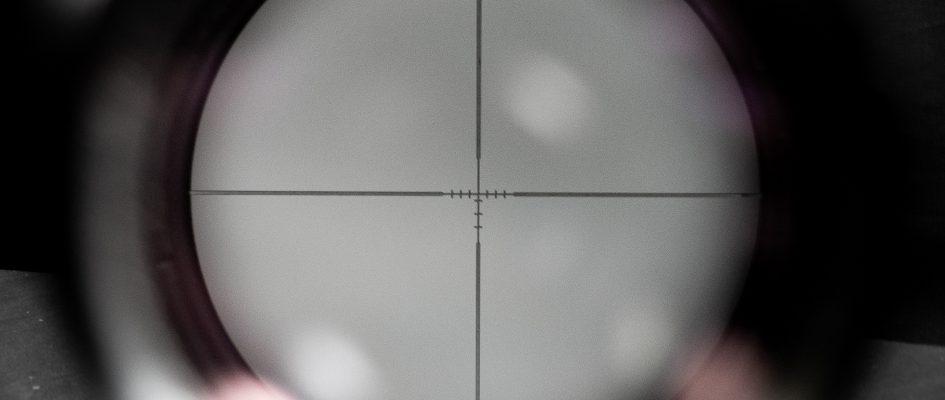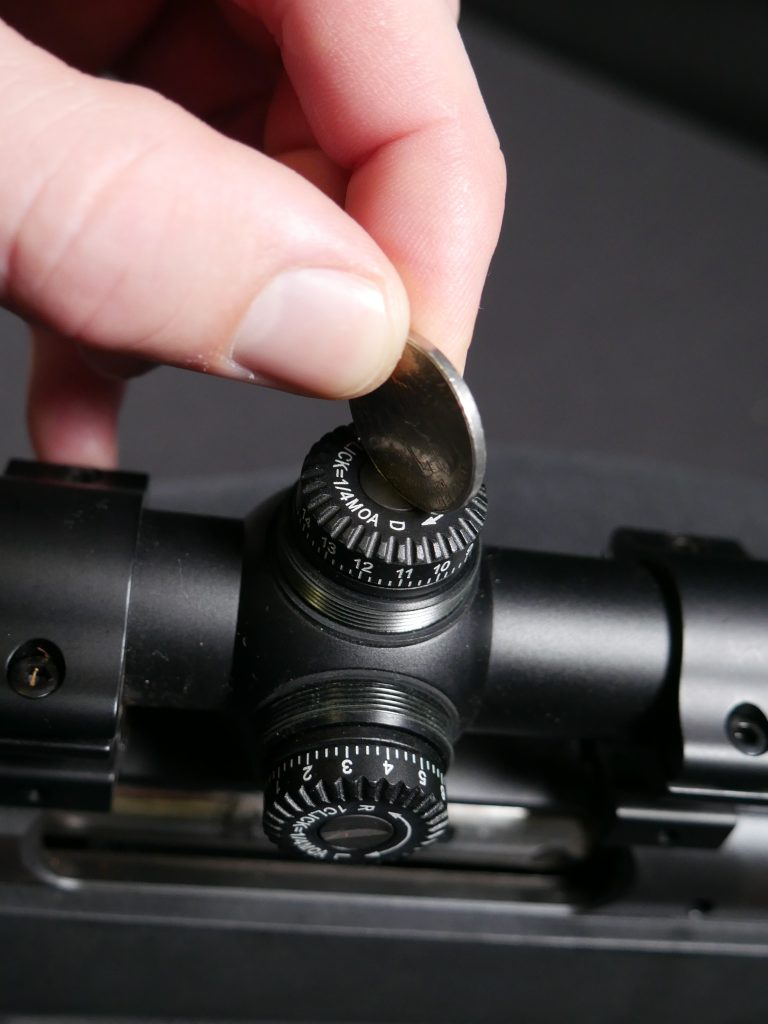How to Sight In Your Crossbow or Rifle


Sighting in your crossbow or rifle before taking it afield is one of the steps all ethical hunters will be sure to take prior to their first sit of the year. Not only is heading into the woods with an accurate weapon part of our responsibility as hunters to the game we pursue, missing the trophy of a lifetime because of foregoing one of the most important pre-season preparations is the best way to ruin a hunting season. Sighting in your crossbow or rifle is a simple task, so follow these tips and make sure you are honed in for success this season.

Get On The Paper
If your rifle or crossbow was sighted in for last year’s hunting season, there is a good chance that it is still close when you get it out to prepare for this year’s season.
However, if you have changed up your arrow set-up or are shooting different ammunition, you may see some difference in where your shots are hitting the target this year.
The first thing you will need to do is set up a target with a safe backdrop. If you are sighting in a gun or crossbow you have used in the past, getting on paper or hitting the crossbow target shouldn’t be too difficult to start. If you are sighting in a brand-new firearm, it is a good idea to have the gun bore-sighted at the shop you purchased it from.
This will save you ammunition and time when you are sighting in the rifle, but remember, bore-sighting is not precise, and starting out at a closer range can often be a benefit, so it’s a good idea to first set up the target at a closer distance in order to “get on the paper”.
For crossbows, 20 yards is a good starting distance, and for rifles, it can be helpful to move the target to 50 yards to start out. Having a stable shooting bench and using a lead sled is a good way to increase the consistency of your shots, especially with larger caliber firearms.
Many people choose to shoot three-shot groups so that they can determine the consistency of their shot placement before adjusting their crossbow or rifle scope. Move the dial on your scope’s elevation and windage adjustment according to where your shots are hitting.

Sight In At Longer Yardages
Once you have your gun or crossbow hitting consistently on the mark at shorter yardages, you will want to sight in your weapon at longer ranges. For crossbow hunters, having your crossbow sighted to additional yardages will ensure your accuracy if a target buck is beyond 20 yards but still within the effective range of your weapon.
Remember, even with the speed of many of today’s high-end crossbows, excessively long shots with any type of bow raise ethical questions. You may want to sight your bow in and practice at longer ranges than you would take a shot at a game animal so that you increase your effectiveness at closer ranges, but generally speaking, excessively long shots in a hunting situation should be avoided, even if you are consistent at those distances at the range.
Depending on your bows speed, and the arrow and broadhead combination you select, the additional crosshairs may not line up exactly on ten-yard increments, so it is important to shoot at various ranges so that you know the exact distance at which each incremental crosshair is accurate.
Furthermore, as you move back to further distances, any inaccuracy in your windage (left/right) adjustment will show itself with greater deviation from the center of the bullseye on your target.
So, making micro-adjustments to your windage dial at the furthest distance you feel you can be consistent with your shots will further increase your shot placement accuracy at closer yardages, as well.
In the case of sighting in your rifle, for most Whitetail deer hunters in the eastern half of the United States, 100 yards is a good range to use once you have the gun on paper at closer yardage. Check out a ballistics chart from your ammunition manufacturer in order to get a general idea of the drop of the bullet at various yardages downrange.
In general, most big game calibers that are sighted in at 100 yards will hit a little high at 50 yards and a little low at 200 yards. The exact ballistics of your projectile will depend on the caliber of the firearm, and the weight of the bullet and powder combination of the round, however, in most cases, flat-shooting, common big-game calibers will only have around a 1” drop at 200 yards.
In many cases, especially in eastern hunting scenarios, shots beyond 200 yards are unnecessary, and many hunters may not possess the consistency as a shooter to ethically take game at much longer distances than that. For this reason, many hunters opt to sight in their rifle an inch high at 100 yards, so that it is hitting “right on” at 200 yards and only a few inches low at 300.
These minor differences are still within the size of a big game animal’s vital area and allow a hunter to avoid making significant ballistics calculations when aiming in almost any hunting scenario they encounter during the season.
If you are planning a western hunt in bigger, more open country, it will be necessary to familiarize yourself with longer range ballistics and practice at longer distances if you feel that your ability and marksmanship allow you to ethically take long-range shots at a game animal.
At any range, you should be able to group shots in such a way that you see the consistency of shot placement. If your shots are all over the place, re-check your scope rings for any loose hardware. If everything is fastened as it should be, it could be an indication that you need to limit your shots to a range in which you can be consistent and make an ethical shot on the animal.

Avoid Hot Barrels
When sighting in your firearm, it is important that you avoid getting your barrel excessively hot. Not only can shooting a bunch of rounds through a hot barrel damage your firearm over time, it is not the best way to ensure accuracy when you are sighting in your firearm.
A hot barrel may send rounds down range more inconsistently and lead to a lot of frustration when you are trying to get your weapon honed in on the bullseye. Furthermore, your first shot on a target animal will be with a cold barrel, so it is important to have your scope tuned to where your bullet is hitting when you shoot your gun cold.
For this reason, it is a great idea to take a couple of firearms to the range or go with a friend who also needs to sight in their gun before the season opens. This way, you can let the barrel of each gun cool, while shooting the other gun. This will help to ensure consistency and accuracy when sighting in your rifle.
Identify Flyers
Numbering the bolts in the quiver of your crossbow is a good way to identify any flyers in the group. If your crossbow is sending one bolt in particular down range inconsistently of the others, it might very well be an indication of a flaw in that bolt rather than an issue with your bow or scope.
Having bolts numbered will help you to identify if this is happening and cull that bolt from the group.
Sighting In Your Crossbow and Rifle Recap
Taking the time to sight in your gun or crossbow prior to your first hunt of the season is not only an ethical practice, but it is also a task that will ultimately allow you to head to the timber with more confidence in your equipment.
Confidence in one’s gear is an underrated aspect of hunting and shooting. Be sure to follow the steps laid out above, and check out our other blog articles for additional crossbow and firearm information.
Make sure to connect with us on Facebook, Instagram, and YouTube to stay up to date on the latest product offerings, giveaways, and exclusive BlackHeart content.


Leave a Reply